
Select Page
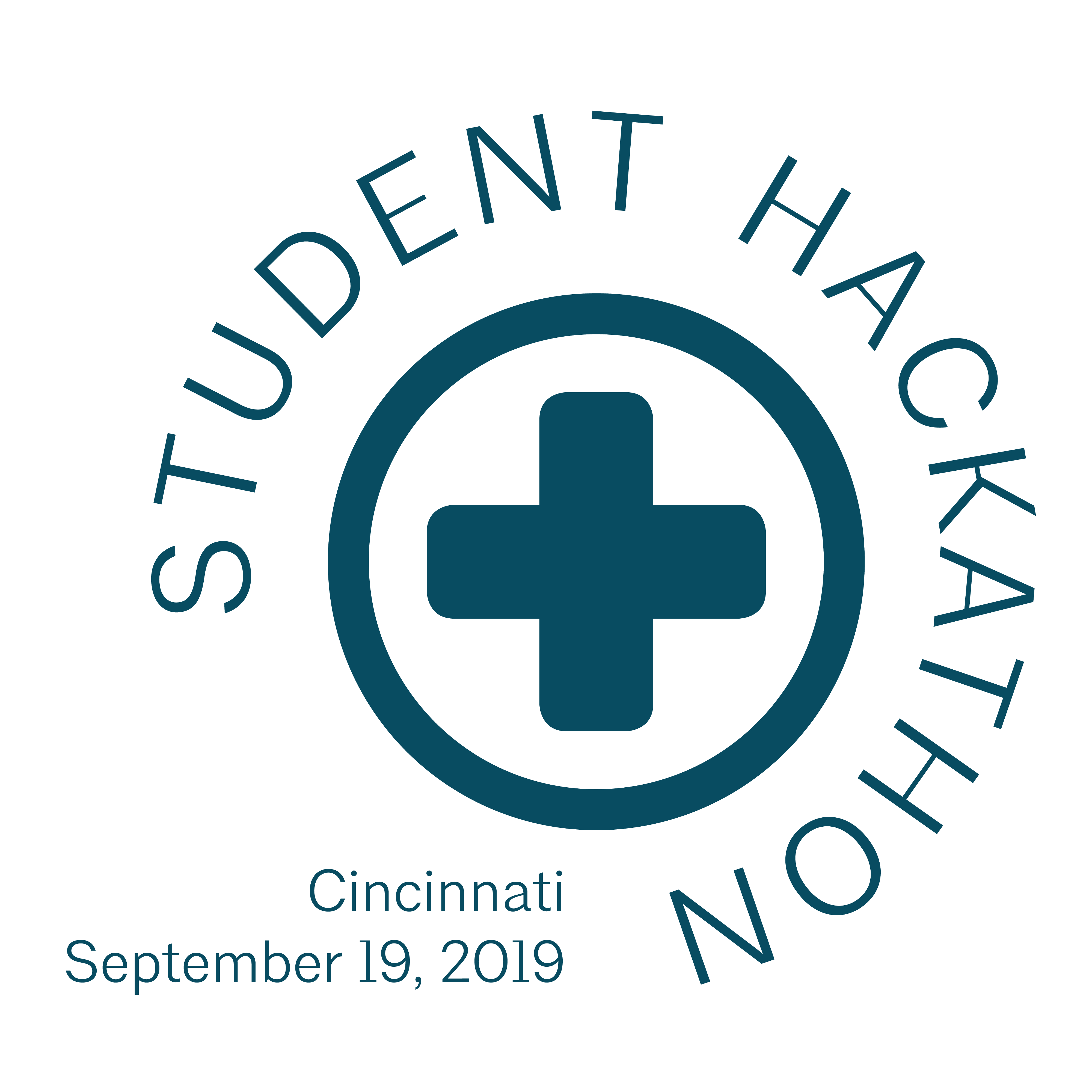
Click here to download resources
On Thursday September 19, 2019 in conjunction with the 2019 Ohio Valley Region AIA Convention, six (6) student design teams representing four universities of the region and an esteemed panel of local experts convened to review research and brainstorm solutions to the challenge of homelessness in the Cincinnati region. The student teams were charged within the two stage design competition to then submit conceptual proposals to tackle the challenge of homelessness as well as provide a vision for the future of the Queensgate-Riverside neighborhood.
Our distinguished jury met on Thursday October 24, 2019 to review submissions and decide winners. The Jury’ and competition organizing committee are deeply grateful to all students, faculty, alumni, and other contributors. The Jury sought design submissions that bestcombined research on the confluent health & societal issues at play, proposed exciting solutions that retained respect and compassion for those facing homelessness, and provided a clear, site-specific, and phase-able future for possible interventions within the riverside section of the Queensgate neighborhood.
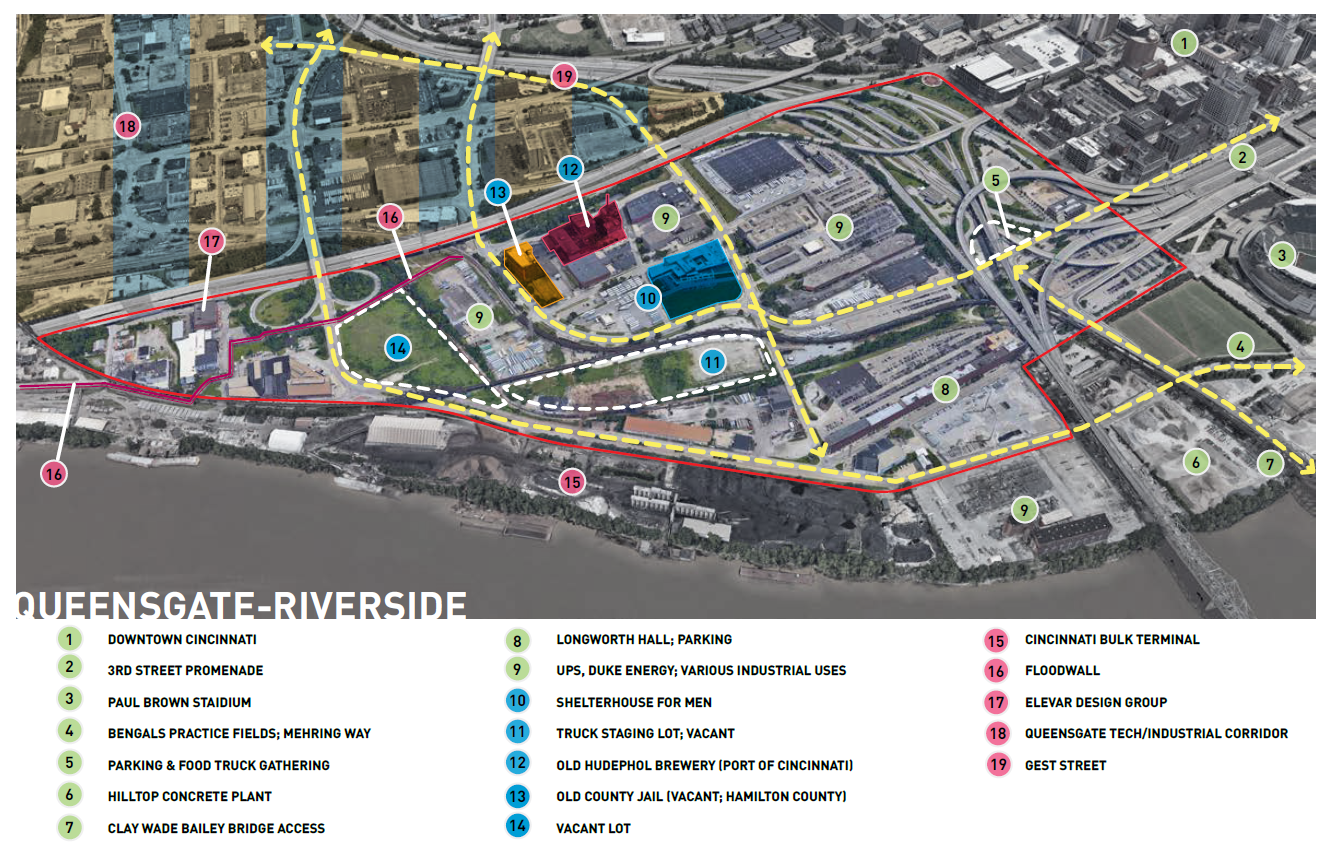
Arlene Nolan, Executive Director, Shelterhouse
Jenna Hippensteel, Director of Community Programs, Community Matters
Dr. Joseph Kielser, Medical Director, Cincinnati Health Network
Kate Bennet, Chief Executive Officer, Cincinnati Health Network
Kim Patton, AIA, President, Elevar Design Group
Matt Ireton, AIA, Architect, K4 Architecture
Sam Dodd, PhD, Director Ohio Valley Center for Collaborative Arts, Ohio University
 |
 |
 |

UNIVERSITY: Ball State University
TEAM: Chirp Chirp Studio
Avery Eberle, Katie Federonko, Noah Gaithers, Alli Geradot, Andrew Jednnings, and Bill Baker (Alumni)
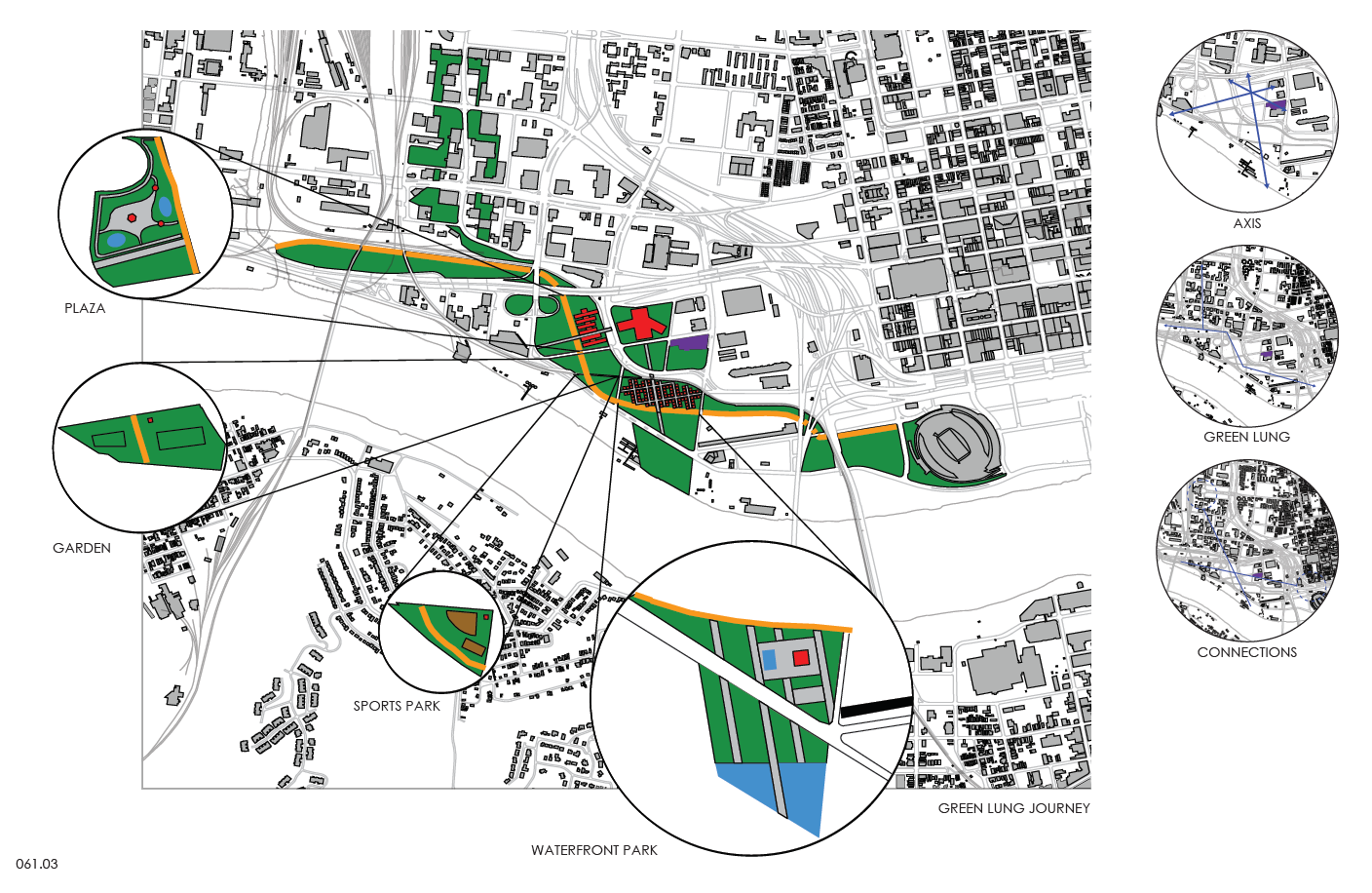
UNIVERSITY: Bowling Green State University
TEAM: BGSU_Arch
Sarah Barry, Jacob Ellerbrock, Nathaniel Glaze, Damien Pelo
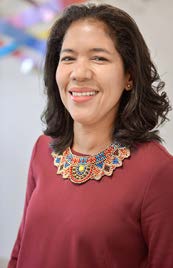
During the past 20 years, Arlene Nolan has dedicated her career to working in the not‐for‐profit sector. A native of Swaziland in Southern Africa, Ms. Nolan graduated from the University of Swaziland with a B.A. in Public Administration and Economics. She began her career in not‐forprofit as Director of Finance with SOS Children’s Villages in Swaziland. SOS assists children who have been abandoned or orphaned where they are integrated into a loving family environment.
After moving to the United States in 1996 she became Director of Finance with the First Step Home in Cincinnati, an agency that builds healthier, happier and productive futures for women in recovery and their children. Later she advanced her career to Chief Financial Officer with St. Aloysius’s Orphanage. In 2008 she became the Chief Operating Officer at the Drop Inn Center; Greater Cincinnati’s Largest Homeless Provider, and eventually was named their Executive Director in 2011. Over the last several years she has presided over the development and construction of two new state‐of‐the‐art shelter facilities; the Esther Marie Hatton Center for Women in Mt. Auburn and the David and Rebecca Barron Center for Men in Queensgate. She also led the initiative to change the name of the organization from Drop Inn Center to Shelterhouse; reflecting the transformation of the agency to enhanced services and support.
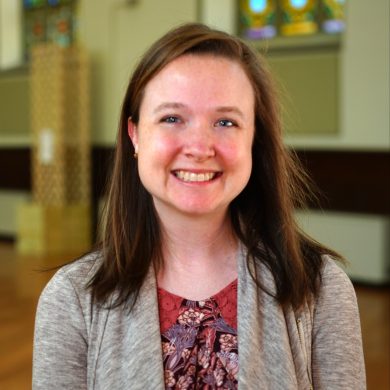
Jenna Hippensteel is the Director of Community Programs at Community Matters. Jenna is passionate about empowering community members to create change through relationships and shared strengths. She is a licensed social worker in the state of Ohio and an adjunct professor in the social work department at Xavier University. Her previous social work experience includes providing emergency assistance to immigrants, case management for men and women experiencing homelessness, and program design and evaluation. Originally from middle Tennessee, she enjoys crocheting and camping in her free time.
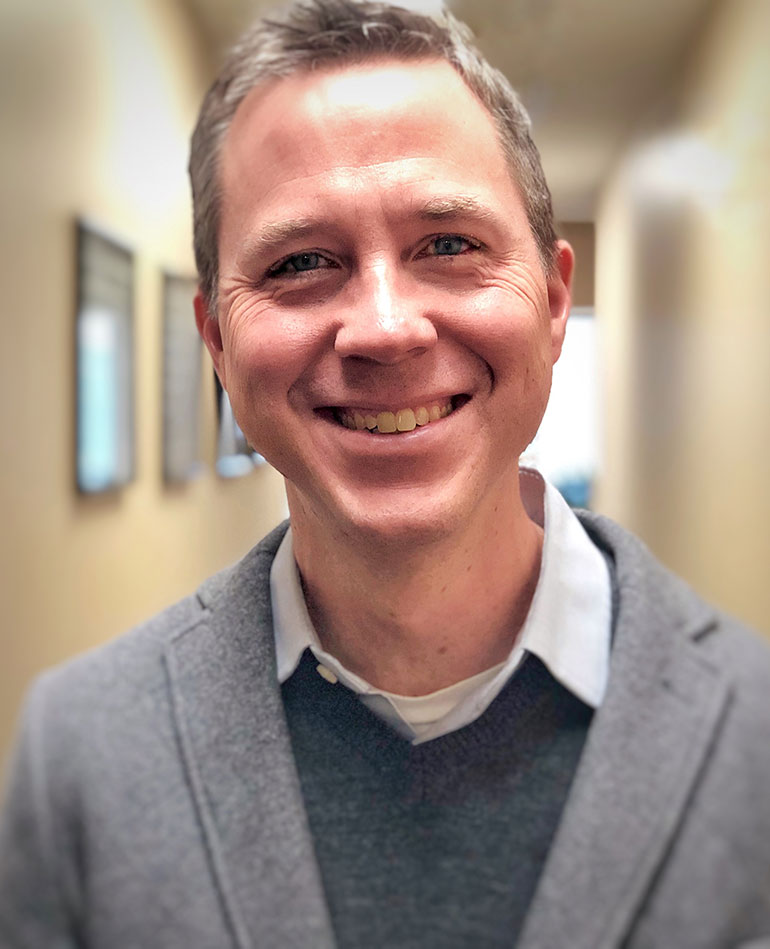
Dr. Joseph Kiesler is a physician with UC’s Dept. of Family and Community Medicine. He serves as the Director for Underserved Health and the Associate Residency Director for The Christ Hospital /the UC Family Medicine Residency Training Program. He continues to mentor students and residents in their passion to care for vulnerable populations. Dr. Kiesler has worked with the HCH program for over 12 years, helping to improve the health of the underserved in a variety of settings; providing healthcare to the homeless at clinic sites; on the Mobile Medical Van; and at a medical clinic for workers who live at a race track. Dr. Kiesler assumed the duties of Medical Director for CHN’s Health Care for the Homeless Program in March of 2018.

Kate Bennett has dedicated more than 47 years advocating for equal housing rights and quality medical care for the underserved populations. Currently, Ms. Bennett is the Chief Executive Officer for the Cincinnati Health Network, a position she has held since November of 2003. She is also Project Director of the Ryan White Part C Program that provides primary health care services to persons living with HIV/AIDS in 15 counties of the Ohio, Kentucky and Indiana tristate area. Prior to taking over this position, Kate worked for 12 years at CHN in several capacities for both programs, beginning her tenure as a case manager for the Health Care for the Homeless Program in early 1992.

Kim Patton serves as President of Elevar Design Group, guiding the design staff in daily operations and profitability. Kim’s energy and innovation have been the key to his successful career which has spanned nearly 30 years in many different markets. An Architect by trade, his vast experience has influenced his ability to grow Elevar’s staff and to provide clients with cost-effective and creative solutions.
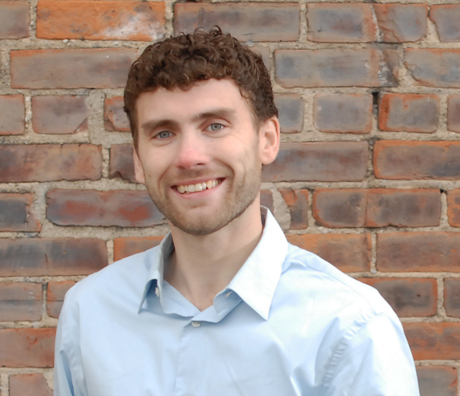
Matt Ireton is an architect who has been with K4 Architecture for over five years. His experience includes working on projects in the financial, civic, healthcare, educational, residential, and retail fields. Matt’s understanding of the production from concept to construction administration, utilizing a variety of design tools, helps to consistently provide clients with the best design solutions. His work ethic, paired with constant communication with the client, is applied to each and every project. He is a member of the Pleasant Ridge Development Corporation and graduate of the AIA Vision program.
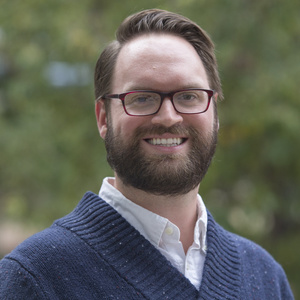
Sam Dodd is Founding Director of the Ohio Valley Center for Collaborative Arts at Ohio University. As a design scholar and educator, Dr. Dodd supports the study and practice of cross-sector collaborations addressing our region’s priorities in the areas of public health, community development, spatial justice, and cultural production. Dr. Dodd received his PhD in architectural history and theory from the University of Texas at Austin, where he also worked at the Center for Sustainable Development. His writings have been published in the Journal of Architectural Education, Art Journal, Journal of Design History, and Design Issues, and his work supported by the Ohio Arts Council, Smithsonian, and National Endowment for the Arts.